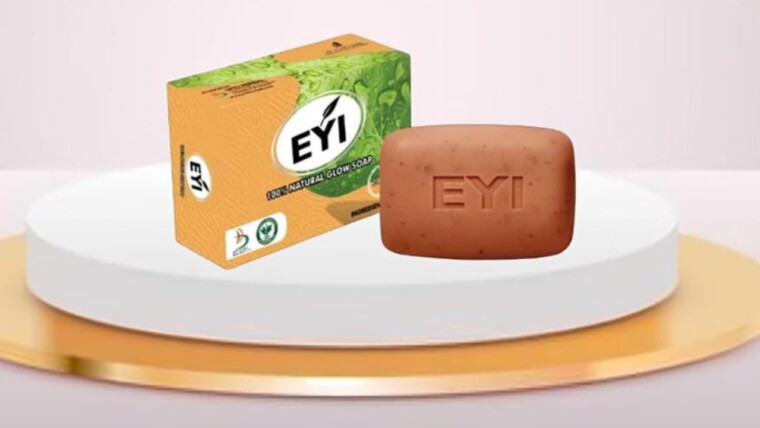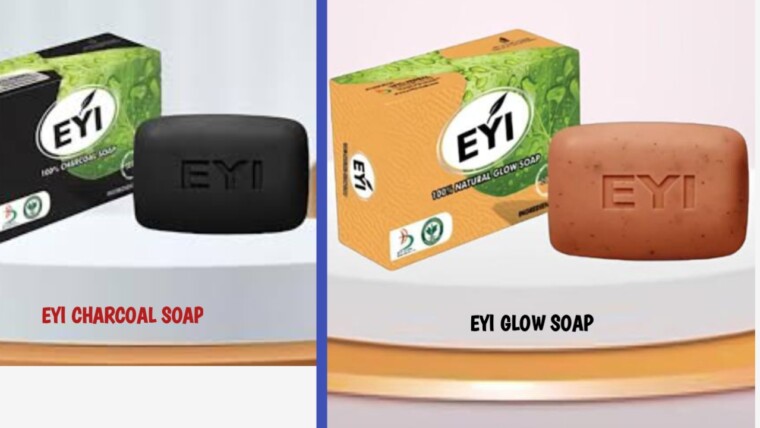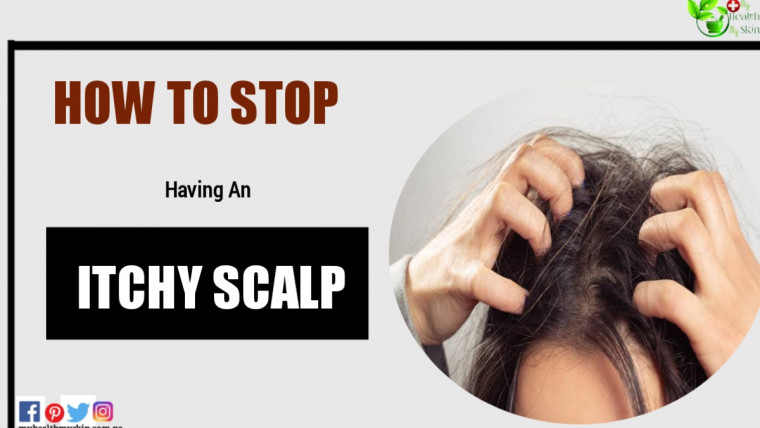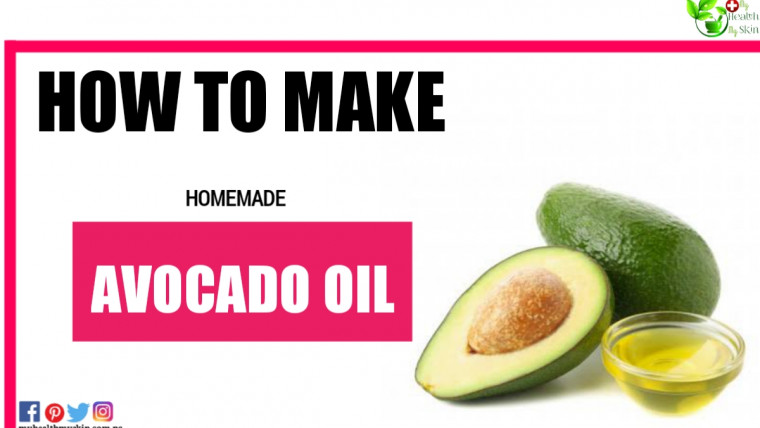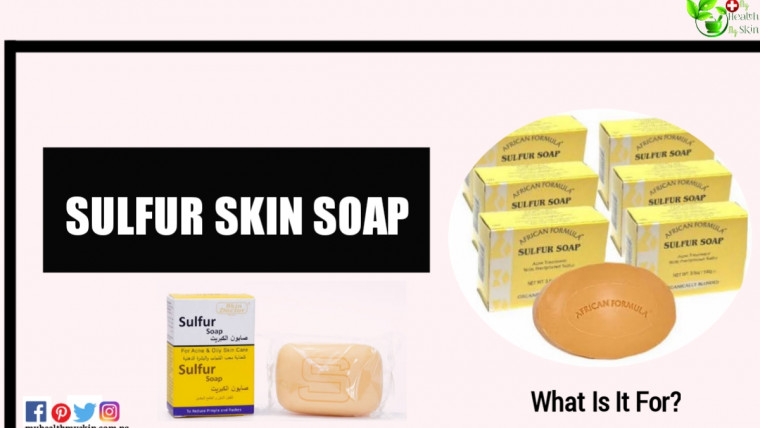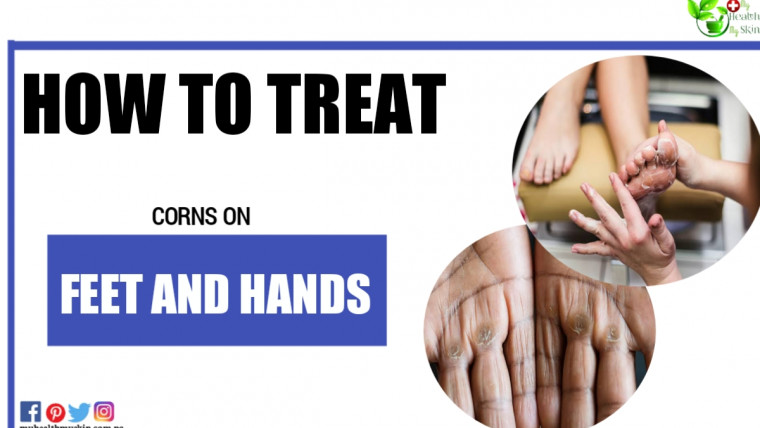Purple, red and white. There are streaks of all colors, isn’t there? So, find out what are the types of stretch marks and the best treatments.
Despite not being a health problem, stretch marks can be quite uncomfortable from an aesthetic point of view.
A stretch mark is a scar that can occur on the skin as a result of the loss of collagen and elastin.
Also, stretch marks can appear when our skin suddenly stretches too much – like when we gain weight or during pregnancy, for example.
In fact, it is essential to remember that stretch marks are a skin healing process. For any good healing, it is important to have a diet that favors this process.
So, know the foods that affect healing and avoid them during the treatment of your stretch mark.
In addition to the color variation, the streaks can be different in other aspects – such as where they appear.
In fact, identifying these differences and knowing the type of stretch mark you have makes all the difference in treatment.
[lwptoc]
Types Of Stretch Marks (Streaks)
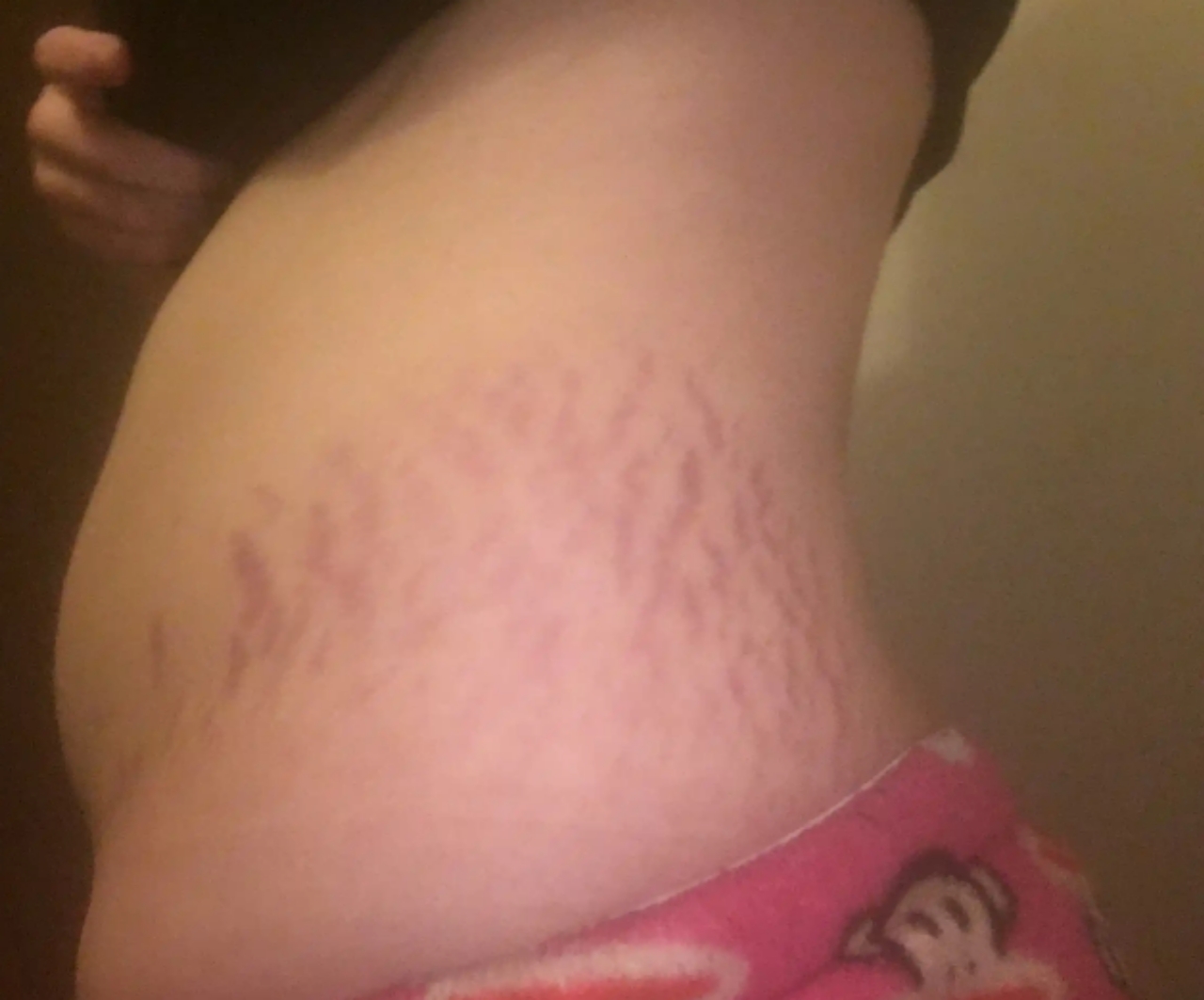
A stretch mark usually goes through several stages over time.
Therefore, it is possible to know if a streak is recent or older just by looking at its characteristics.
The main way to classify a stretch mark is through the cause and time it exists on the skin.
Taking this into account, we can have 3 main types of stretch marks: young, old and pregnant.
1. Young Or Red Streaks
The young or red streak is the younger one. In most people, these stretch marks appear red or purple in color.
Also, recent stretch marks are much easier to treat.
2. Old Streaks Or Striae Albae
The striae albae is the oldest that has been in the body for some time. They are usually lighter.
As time passes and the streak is not eliminated, its color becomes lighter until it turns white. Therefore, white stretch marks are the most difficult to treat.
3. Pregnancy Stretch Marks
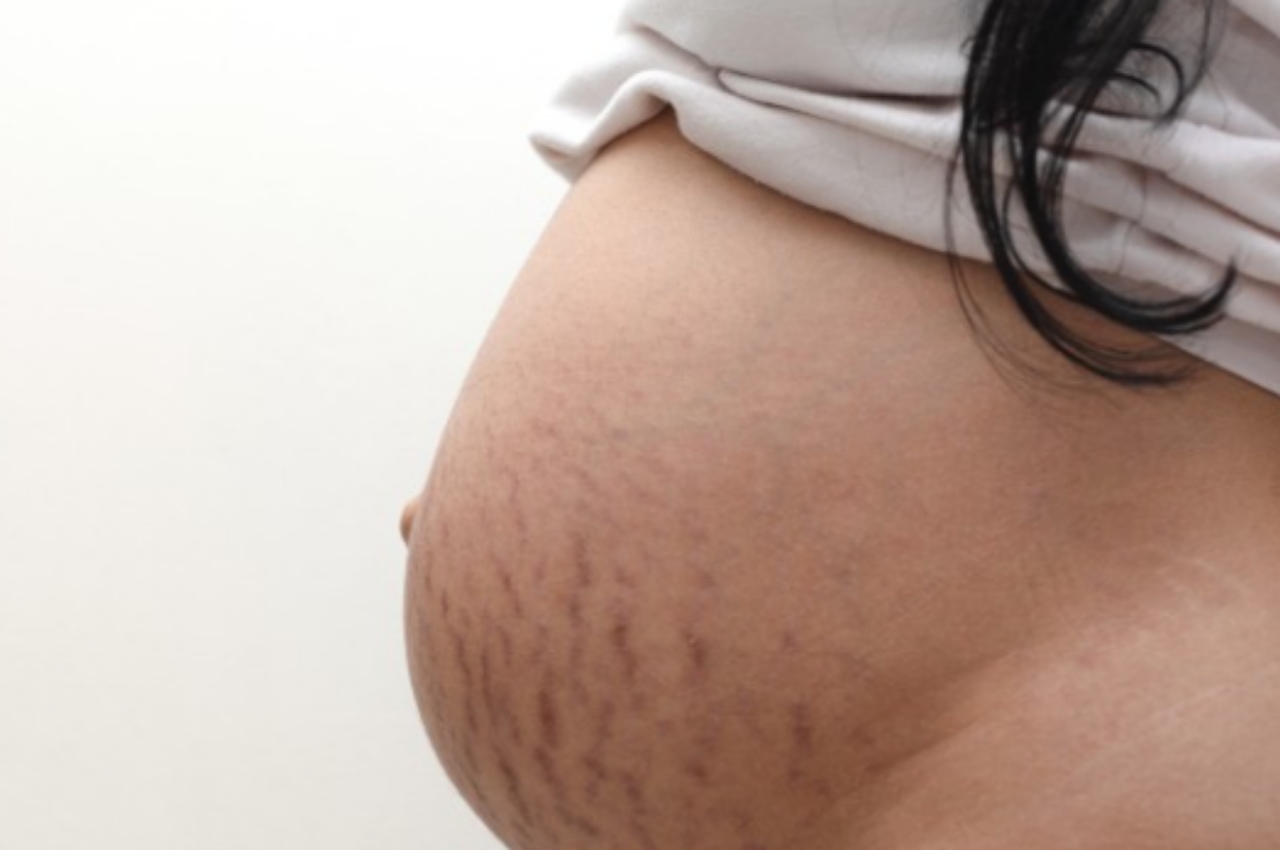
This type of stretch mark is seen in pregnant women during or after pregnancy.
Pregnancy stretch marks arise because of the rapid increase in the belly that requires a great effort from the skin. By the way, be sure to check out why is itchy skin in pregnancy.
Besides the belly, the breasts can also be affected by this type of stretch mark.
Other characteristics of stretch marks
Stretch marks can also be atrophic (just a line on the skin) or hypertrophic (when the streak is raised on the skin or when the skin wrinkles).
Stretch marks tend to appear at places on the skin that stretch the most. Thus, the skin regions that suffer most from stretch marks are:
- Arms;
- Legs;
- Breasts;
- Stomach;
- Buttocks;
- Back.
Best Treatments For Stretch Marks On The Skin
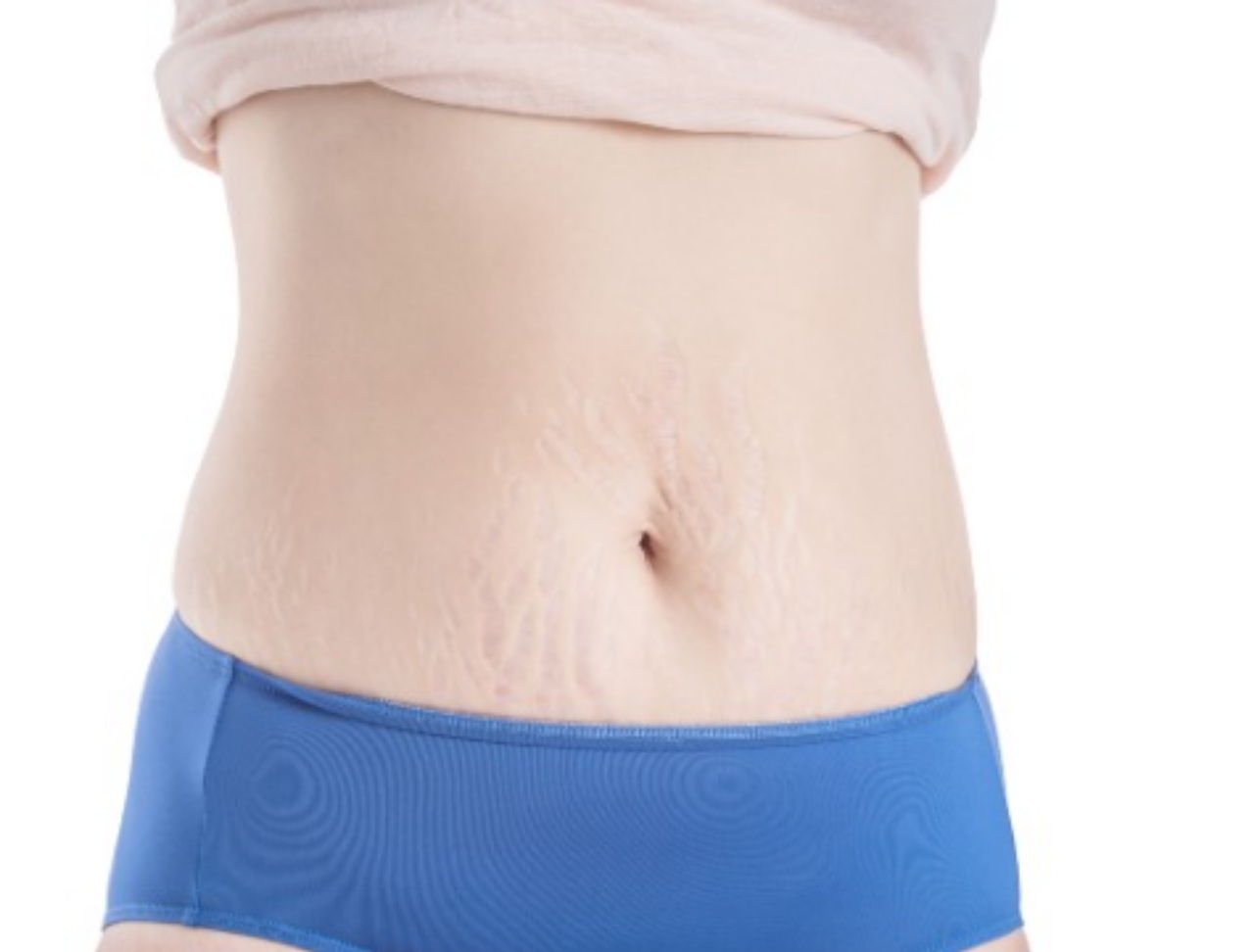
According to the American Academy of Dermatology Association, the sooner you start treating your striae, the better the chances that the treatment will work.
So, try to try the indicated treatments when your streak is still red or purple.
Of course, nothing prevents you from having a treatment for older stretch marks, but the result may take longer to arrive or nothing may happen.
Also, it is important to remember that stretch marks are scars on the skin that are quite difficult to treat.
Therefore, no treatment available so far is 100% effective.
The idea of a stretch mark treatment is to smooth the color and improve the texture and appearance of stretch marks so they are less noticeable – as there is no definitive treatment for them.
The most suitable treatments for stretch marks are:
1. Retinoid Cream
Retinoid creams or retinoic acid itself are great for stretch marks. The tretinoin , for example, is a retinoid that works well to treat younger streaks.
At the time of application, make sure you massage the area well and use the cream daily for a few weeks.
To find out exactly how to use it, read the product label or see a dermatologist.
However, retinoid cream is not indicated for pregnant women due to the risk of side effects.
In addition to tretinoin, hyaluronic acid also appears to be good for eliminating young stretch marks.
2. Chemical Peel
The peeling for stretch marks is an exfoliation method that involves the use of a product that enhances the treatment.
In general, some acid is used – like trichloroacetic acid, retinoic acid or vitamin C, for example.
When massaging the acid into the skin, it will begin to flake off.
Over time, this encourages the growth of a new layer on the skin that should replace or smooth out the stretch mark.
3. Microdermabrasion
This procedure is also a type of exfoliation that involves the use of a device with microneedles that stimulate skin cell renewal.
In fact, this type of treatment serves to stimulate the production of collagen fibers – which makes it more elastic and beautiful, and of course, with less visible stretch marks.
4. Light And Laser Therapies
Procedures that involve laser or intense pulsed light tend to work well on stretch marks.
The energy from the light beams stimulates the production of collagen and elastin in the skin, which helps to smooth the marks left by stretch marks.
Of course, there are other options that your dermatologist can recommend depending on your skin type and type of stretch mark. Therefore, be sure to consult a professional. To see more post on Beauty & Skin Care click here.
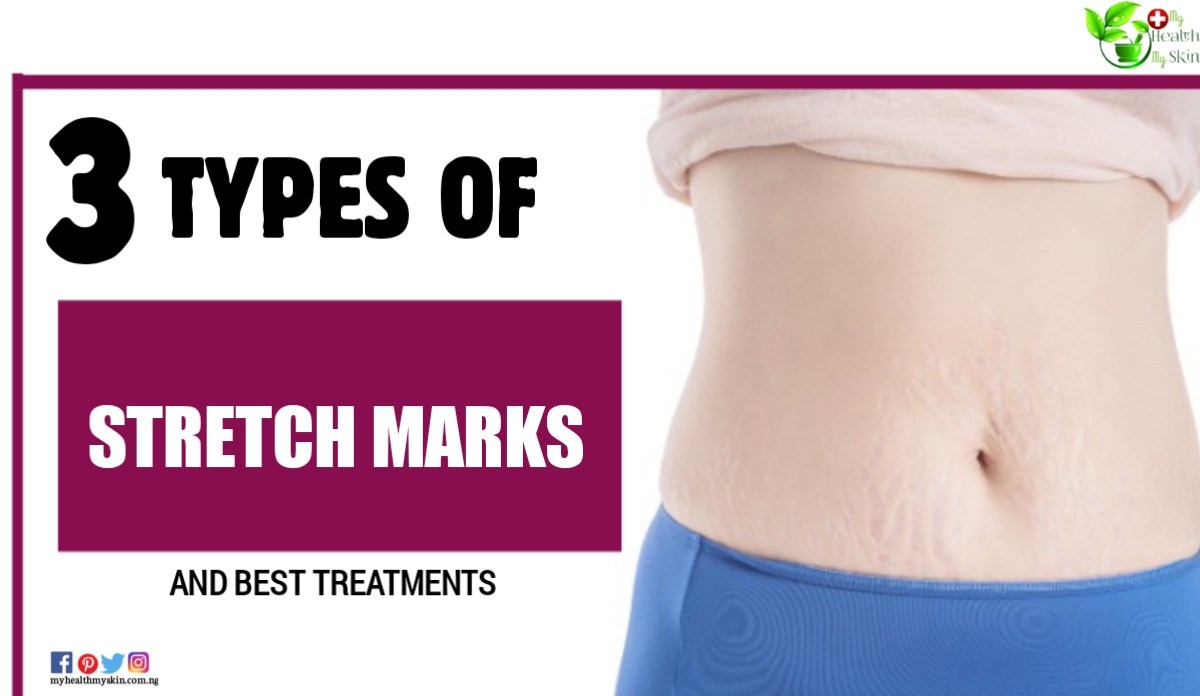
Do Stretch Marks Bother You A Lot Or Do You Handle Them Well? Have You Tried Any Of These Treatments For Stretch Marks? Comment Below!

